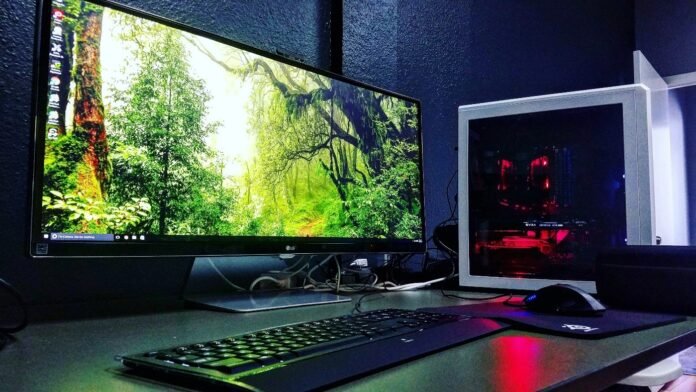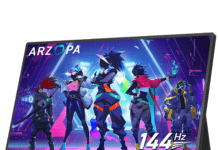Whether it's a computer screen or a television screen , we all want to get the best image resolution and quality possible. To do this, you don't have hundreds of possibilities. Indeed, OLED screens are the best on the market in terms of colors and resolution.
We now find these on mobile phones and even tablets!
Comparison of the best OLED PC screens
Whether you are looking for impeccable image quality on your PC or your TV, an OLED PC screen is the best solution for you. Discover the 2 OLED screens of the moment !
1. Uperfect: the OLED portable screen that optimizes your creativity
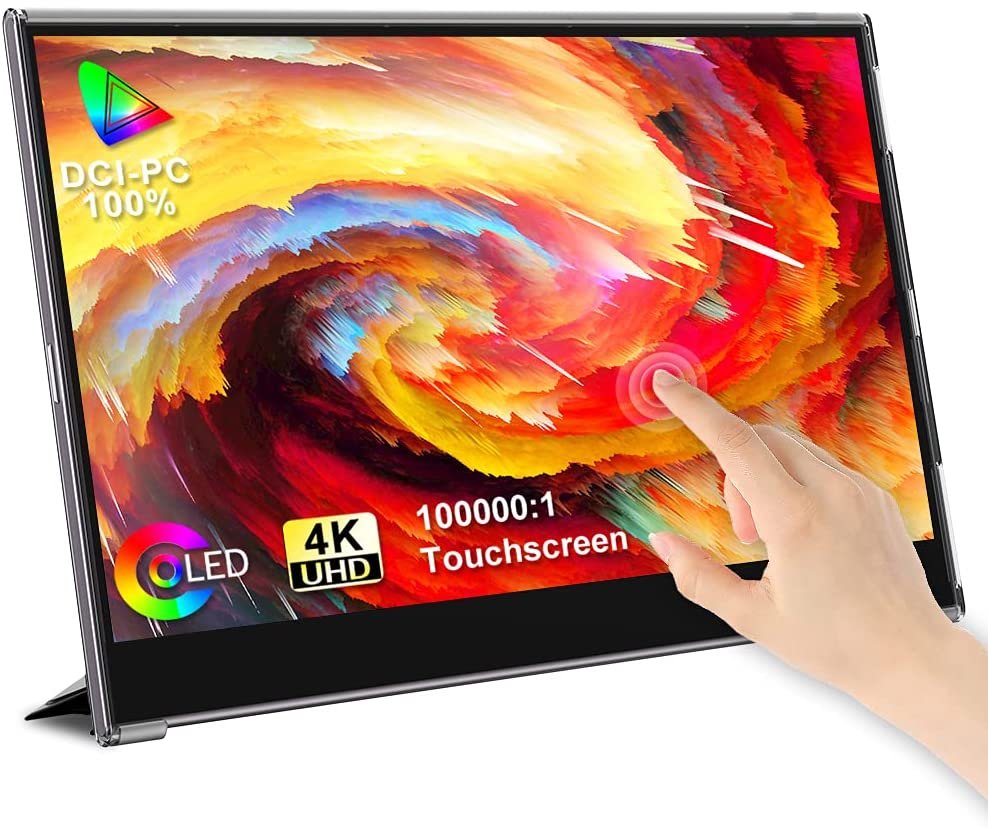
Features and Reviews
The UPERFECT portable monitor with OLED display is equipped with backlit pixel technology that provides industry-leading color accuracy and contrast. Featuring 4K Ultra HD resolution and unlimited color palette, the screen size is 15.6 inches. The portable monitor has a built-in 5000 mAh battery that lasts for around four hours if it's not powering multiple devices at once!
Its ultra-thin and ultra-light design is very practical and allows you to carry it with you wherever you go. Its 1ms response time makes it 30 times faster than a regular LCD screen. In terms of connectivity, it has a USB type-C connection and is compatible with several devices.
2. LG OLED55B8: The best OLED screen currently in vogue
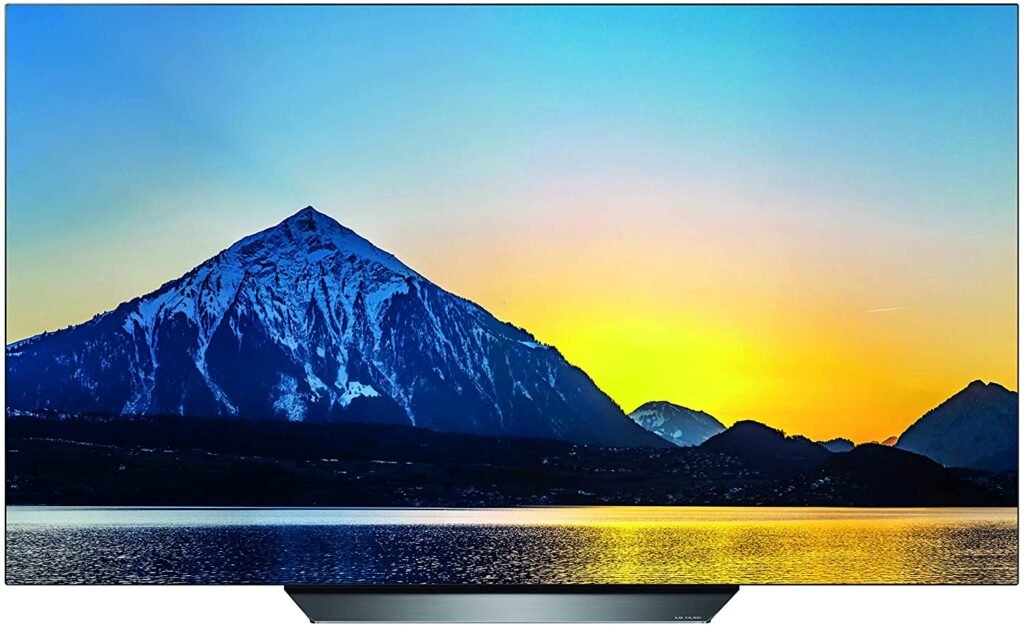
Features and Reviews
The latest product in our TV selection, the LG OLED55B8 screen, at first glance, impresses with its elegant design. The screen size is 55 inches and its 4K resolution offers you a most satisfying immersive experience. The LG OLED55B8 screen features the A7 Gen2 Intelligent Processor which improves and optimizes image quality.
It is also equipped with Cinema HDR technology with Dolby vision, which allows you to obtain the best possible rendering. Furthermore, the LG OLED55B8 screen has a scanning frequency of 60 Hz, an energy class A++ and connectivity level, has 4 HDMI inputs. Without detour, if you are looking for the best PC screen of the moment, consider that you have already found it!
What is an OLED screen?
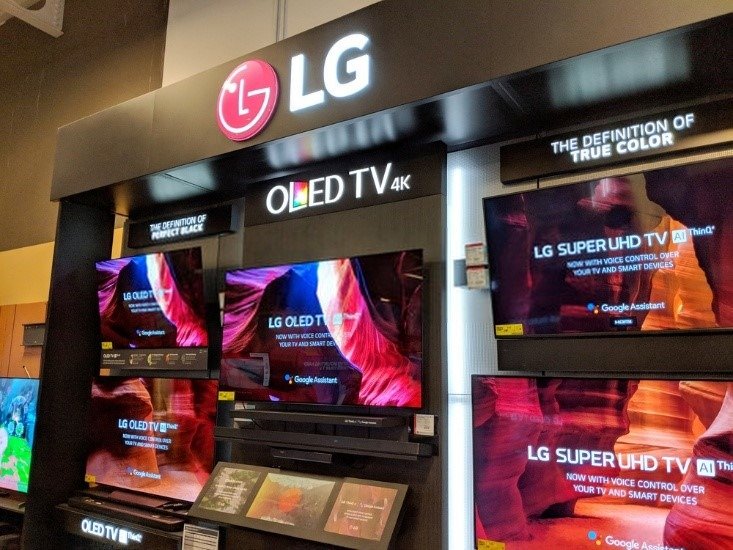
OLED stands for “Organic light-emitting diode” and characterizes screens with a somewhat special LED backlight For what ? Quite simply because each pixel of the image has its own light diode which allows for superior quality images. This technology is also very present on high-end screens and among the best TVs on the market. Therefore, it will not be surprising to see more and more of them on modern screens.
The advantages and disadvantages of an OLED screen
Like all technologies, OLED has advantages and disadvantages that are important to know when you want to choose the best OLED screen on the market. Thus, we can already see that this type of very bright screen is much more interesting than traditional technologies. Note that the OLED of yesterday is not that of today and that this LED lighting technology has not yet finished proving itself.
Advantages

The advantages of the best OLED displays are:
- Lower energy consumption: in fact, LED diodes consume very little energy which allows both to reduce the bill but also to limit the heating of the television in order to increase its lifespan
- High-end image quality: present on the best screens on the market, OLED transmits an unrivaled image, especially in terms of the perception of colors which are perceived as vibrant.
- Responsiveness: OLED screens are much more responsive and allow for higher and therefore more realistic scanning frequencies. An OLED screen can often transmit at least 60Hz up to 144Hz, which is very pleasant for gamers and their game console.
The inconvenients
There aren't really any downsides to OLED displays. The only downside that we can criticize them for is that they are very fragile because they are still liquid crystals .
Consequently, a bad hit can quickly damage the image irreversibly by completely extinguishing the pixels in the impact zone. A major disadvantage is also the price to be able to benefit from a 4K UHD OLED screen. It is sometimes several thousand euros that it is necessary to pay for a television of this type.
Our buying guide to OLED screens
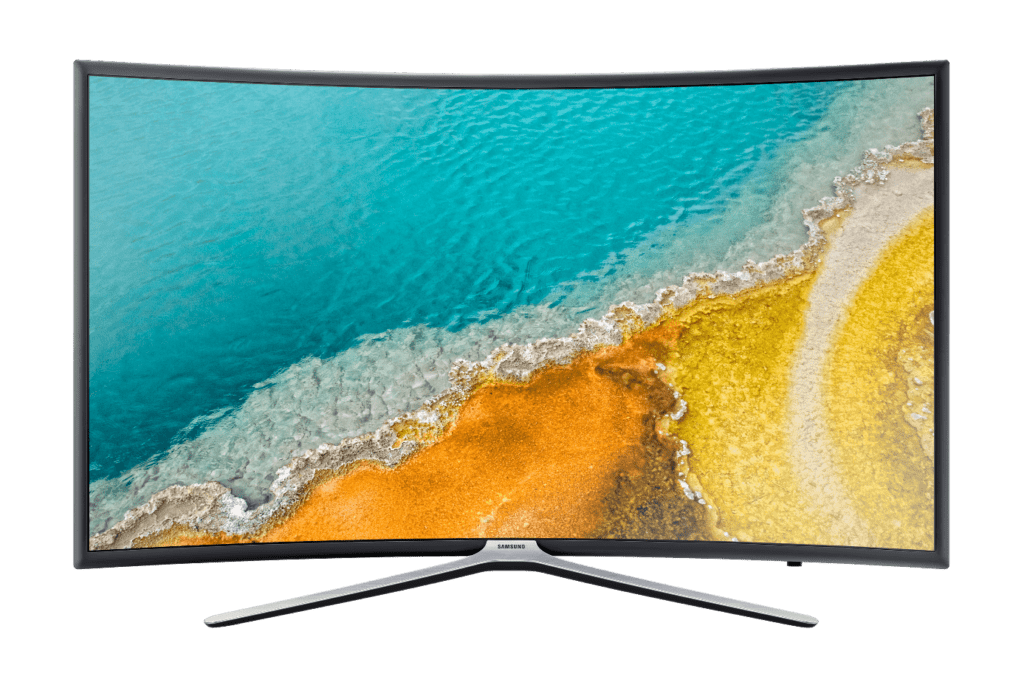
You now have a clearer idea of what an OLED screen is. Now, let's review the important criteria to consider when purchasing it. Before that, know that your choice must focus primarily on the characteristics of the screen with regard to your own needs.
Screen size

When purchasing an OLED screen, it is important to pay particular attention to its size. For what ? Well because it will be much more pleasant to enjoy shimmering colors on a large screen than on a small one, especially since below a certain size it is impossible to find 4K UHD screens.
If you don't want to miss any detail of the content broadcast on your screen, we advise you to go for around 32 inches. Obviously, this choice will depend on the size of your interior.
For this, choose an OLED screen which will be adapted to the dimensions of your room. If you have a small room, you will need to opt for a small screen!
If you want an ultrawide monitor, unfortunately OLED technology on ultrawide screens is not yet available on the market...
Response time
Generally, OLED screens have a better response time unlike other screens. We're talking about 0.05 ms on average for responsiveness, which means that you will benefit from impeccable image sharpness, whatever the circumstance.
If you are a gamer, an OLED screen would be the perfect choice! For information, the average response time for ordinary people is 30 ms... the difference is just phenomenal!
Screen resolution

The resolution of a screen determines the quality of an image. Since the best OLED displays all feature high resolution measured in pixels, any images that come out of them will be detailed and pleasing to the eye.
If this is your first time, we advise you to go for a 4K UHD PC screen , that is to say 3840 x 2160p.
Beyond that, only picky people will find it of interest, because 8K cameras are becoming rare and beyond that even more so. For information, basic HD is equivalent to 720p, FULL HD is equivalent to 1080p, FULL HD+ is equivalent to 1440p…
Scan frequency
Also called refresh rate, frame rate refers to smoothness and indicates the number of times per second an image is displayed on a screen. The best OLED screens support high frequencies such as 60Hz or 144Hz. For your information, the higher the scanning frequency, the smoother the image will be!
Screen quality

Now that you know the important elements that differentiate the best OLED screens in the worst, let's analyze details that could also weigh in your choice!
Brightness
Brightness is a crucial element when acquiring an OLED screen. It is determined in unit derived from Luminance CD/m² and is fundamental in obtaining backlit images for good readability. If you want to make an optimal choice, prefer a model with brightness around 400 cd/m².
Contrast
The contrast is the element that measures the brightest part and the darkest part of a screen. In clear terms, if 1500: 1 is specified as a contrast, this means that there are 1,500 times more light than dark part. If you like it, go on screens with high value contrasts!
However, know that you cannot watch TV in a room that is too lit, because you will see your own reflection in the deep dark of the screen. In general, a high contrast is ideal for constituting you a home cinema!
Saturation
Saturation is the element that determines the intensity of the colors of an image. The higher it is, the more bright the colors. Conversely, the lower it is, the dull the colors of the OLED screen, which is not often sought after even if it is more realistic. For information, the color of the images provided by OLED screens is already quite lively and normal. It is no longer useful for saturation at the risk of distorting the image.
FAQ on OLED screens
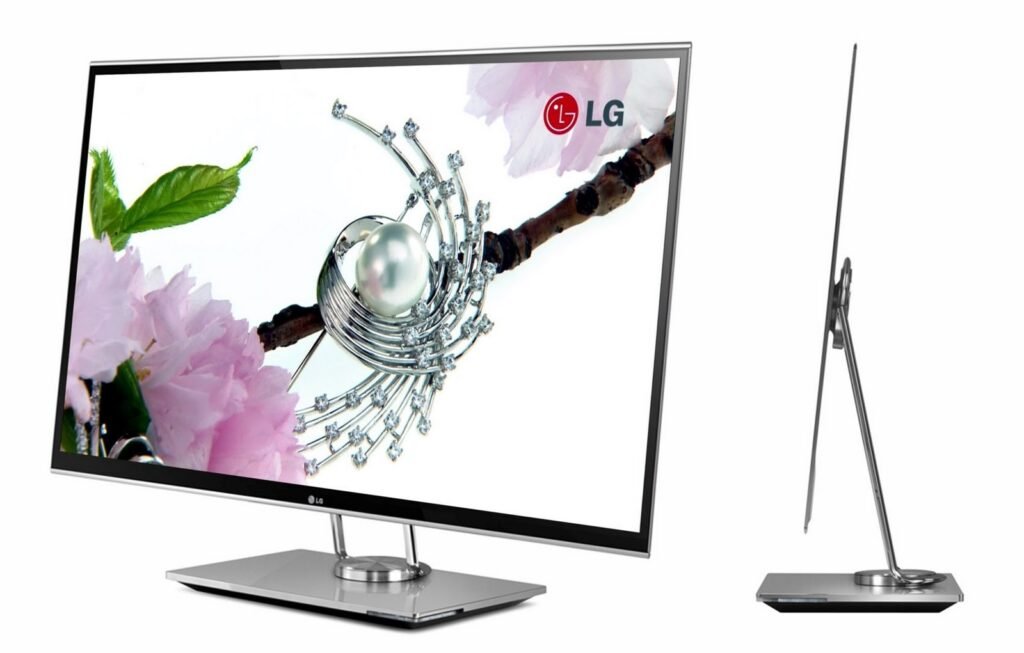
Even if you know how to select the best OLED screens on the market, some questions remain unanswered. Curious or practical questions. Thus, we have formed a small FAQ of questions which most often come back from Internet users who have already bought an OLED screen or which will soon do it. So, if some doubts still remain in your mind, you can look at these questions and their answers that will surely enlighten you.
What is the difference between Qled and Oled?
There is no difference between the two. Indeed, Qled is the name given to Samsung for its own OLED technology which is exactly the same as the others. This term is mainly marketing in order to differentiate itself from the mass of OLED TVs or PC OLED screens that swarm on the market. Note that for Samsung televisions are increasingly present with very efficient smart TVs. So don't look at the Samsung Qled screens with another eye than classic OLEDs because it is the same type of slab as there is behind.
Does OLED mean 4K?
The best OLED screens are compatible 4K UHD indeed, but this is not the case for all OLED TV. Indeed, the OLED can also be on fully classic full HD. Of course, OLED technology clearly improves image quality but not resolution. You then have the illusion that the latter is better on an OLED FULL HD screen compared to classic 1080p. Since the OLED just means that each pixel has a diode, it is completely independent of the resolution. On the other hand, the larger it is, the more sublime the OLED becomes.
Does the OLED tires its eyes?
It is a reproach that we make a lot to the OLED and QLED system: that of tiring your eyes. And it's totally true. Indeed , it is normal that with such bright screens and colors also live, the eye pain is more frequent because blue light is more present. Now this will be the case if you are sitting in front of your screen all day. You can also take precautions by reducing the brightness of the TV when you are in the dark or by wearing blue anti-light glasses.
How to connect an OLED screen?
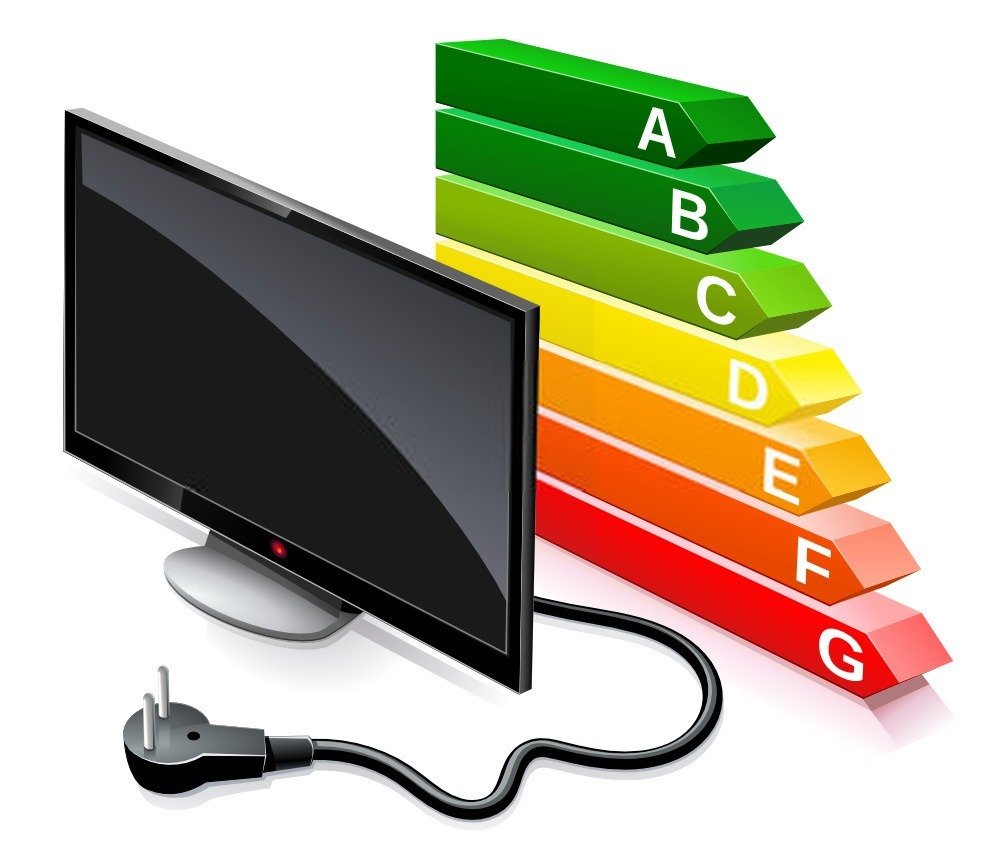
The connection for OLED screens is very simple to handle. Indeed, these most often connect with an HDMI cable . But it does not only present advantages. You should be careful that the input and output devices are compatible and connected by the right cable. For example, you cannot connect a TV OLED latest with first generation HDMI. This may not work where you are not going to be able to take advantage of the maximum resolution of your television. Generally, everything is explained by the manufacturer and the wiring are all present in the box of a new screen (normally but beware of unpleasant surprises).
What is the budget for an OLED screen?
If you want to choose the best OLED screens on the market, it is certain that they will be quite expensive, going up to several thousand euros for 8K. However, it is still too underdeveloped to benefit from it on a daily basis. In fact, count on around €600 to €1000 for a high-performance television. Divide that price in half for a computer monitor. Now, you don't have to have 4K UHD on OLED but as part of the best screens, that's what we recommend.
What is the difference between OLED panels and other panels?
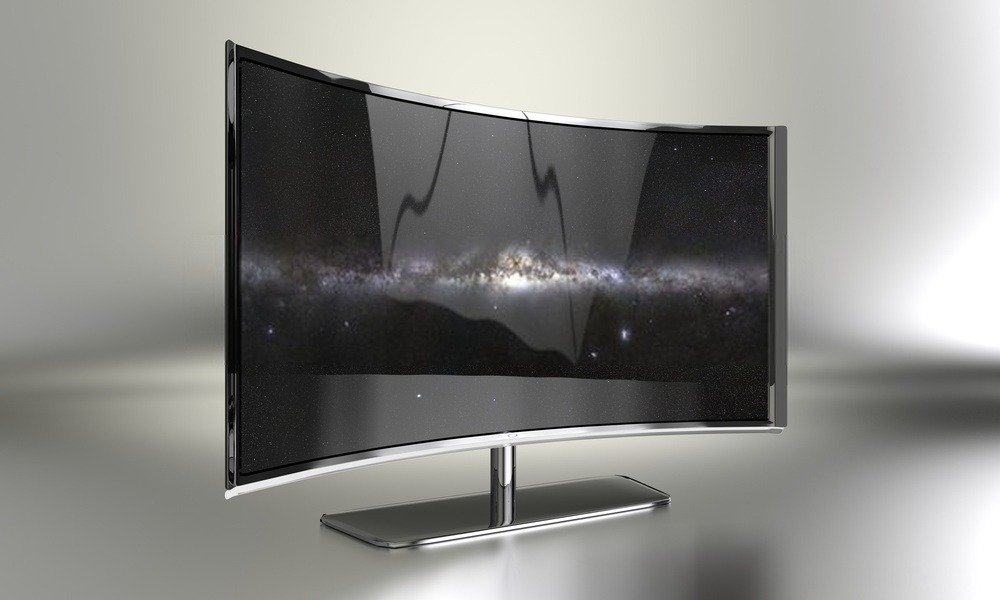
You understood what an OLED panel was, however what about others?
You can find:
- TN tiles: They are super responsive and very appreciated by competitive video game players. Their scanning frequency can go up to 360 Hz which is colossal. However, it is at the cost of a less good image quality.
- IPS tiles: Tiles of this type, including a good compromise between the OLED panel and the TN slab. The drawback is its price, but it decreases from year to year.
- The TAs TA: They allow to have an excellent image quality with a beautiful contrast, but they are not very reactive since they have the highest response rate on the market.

